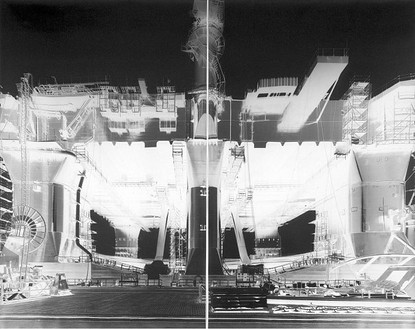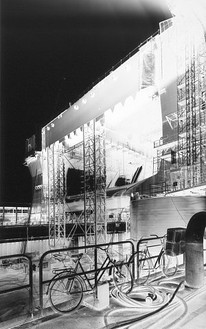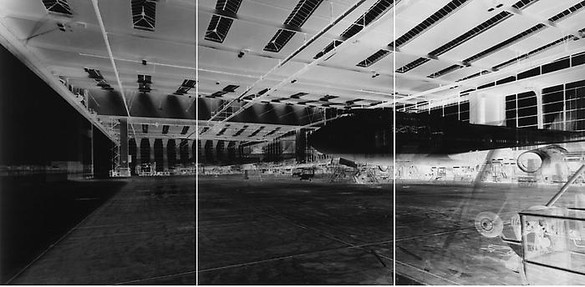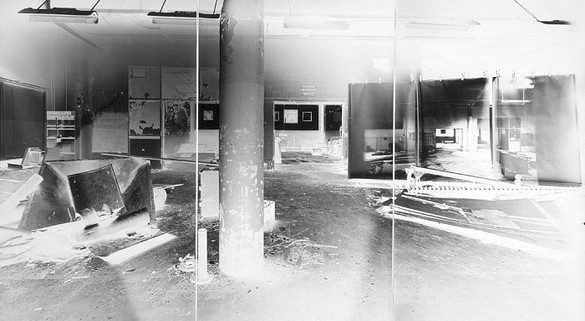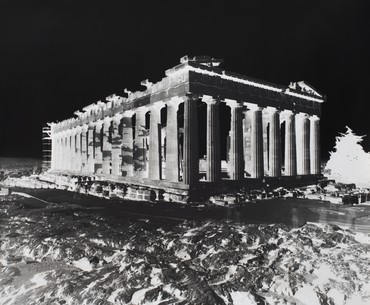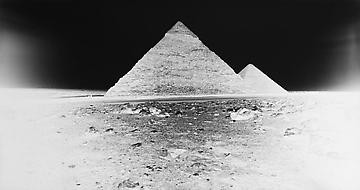About
Gagosian Gallery is pleased to announce an exhibition of monumental camera obscura photographs by Vera Lutter. The exhibition will feature highlights from major projects completed over the past five years and will include over twelve large-scale works. Drawn to the urban environment, Lutter selects places with historic or iconic resonance from the abandoned Pepsi Cola Factory in Long Island City to Frankfurt International Airport to the Kvaerner Shipyards.
Using room-sized cameras, Lutter often inhabits the camera during the exposure which can last hours, days or even weeks. The camera obscura works with the premise that when light passes through a small hole into a darkened chamber it produces an inverted image on the opposite wall. Lutter projects her subjects onto photo-sensitized paper and develops them as unique negatives. The ethereal tones imbue the resulting images with a haunting quality.
Standing in front of one of her photographs, we can imagine ourselves inside the massive camera, the image taking shape in front of us while the world plays out its scenes behind. That Lutter has been inside the camera makes the identification more immediate, because we picture that space as a human, corporeal space. If we usually think of the camera as a machine or tool of objectivity, through her presence – her performance – we can now understand it as a space of physicality and subjectivity.
-Elizabeth E. Siegel,
The Art Institute of Chicago
Vera Lutter's photographs have been exhibited at the Dia Foundation, New York; the Kunsthalle, Basel; The Museum of Modern Art, New York; and the Whitney Museum of Art, New York. Her photographs are in the permanent collections of The Metropolitan Museum of Art, the Whitney Museum of Art, the Museum of Fine Arts, Houston, the Neue Galerie and the San Francisco Museum of Modern Art, among others.
Share
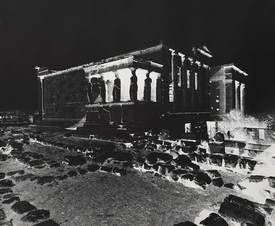
Vera Lutter: Time Travel
Jean Dykstra reports on Vera Lutter’s new series, produced on the occasion of a commission to photograph Athens.
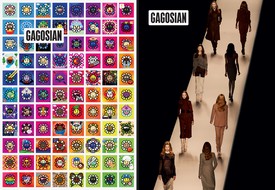
Now available
Gagosian Quarterly Summer 2022
The Summer 2022 issue of Gagosian Quarterly is now available, with two different covers—featuring Takashi Murakami’s 108 Bonnō MURAKAMI.FLOWERS (2022) and Andreas Gursky’s V & R II (2022).

Vera Lutter: Museum in the Camera
During a two-year residency at the Los Angeles County Museum of Art, from 2017 to 2019, Vera Lutter documented the museum’s changing campus and permanent collection, using her distinctive photographic technique. Here, she speaks about the experience with the museum’s director, Michael Govan.
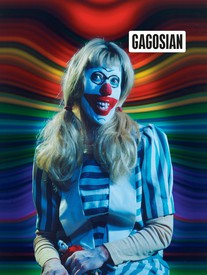
Now available
Gagosian Quarterly Spring 2020
The Spring 2020 issue of Gagosian Quarterly is now available, featuring Cindy Sherman’s Untitled #412 (2003) on its cover.
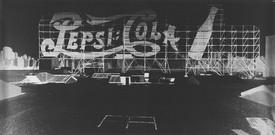
In Conversation
Vera Lutter
Vera Lutter speaks with Gagosian’s Derek Blasberg about her Museum of Fine Arts Houston exhibition, using a shipping container as a camera, and her place in photography as we enter a digital age.
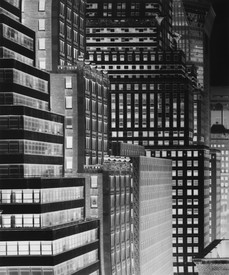
Vera Lutter: On New York
Vera Lutter sat down with Marvin Heiferman, an independent curator and expert in photography, to discuss her latest New York exhibition.

